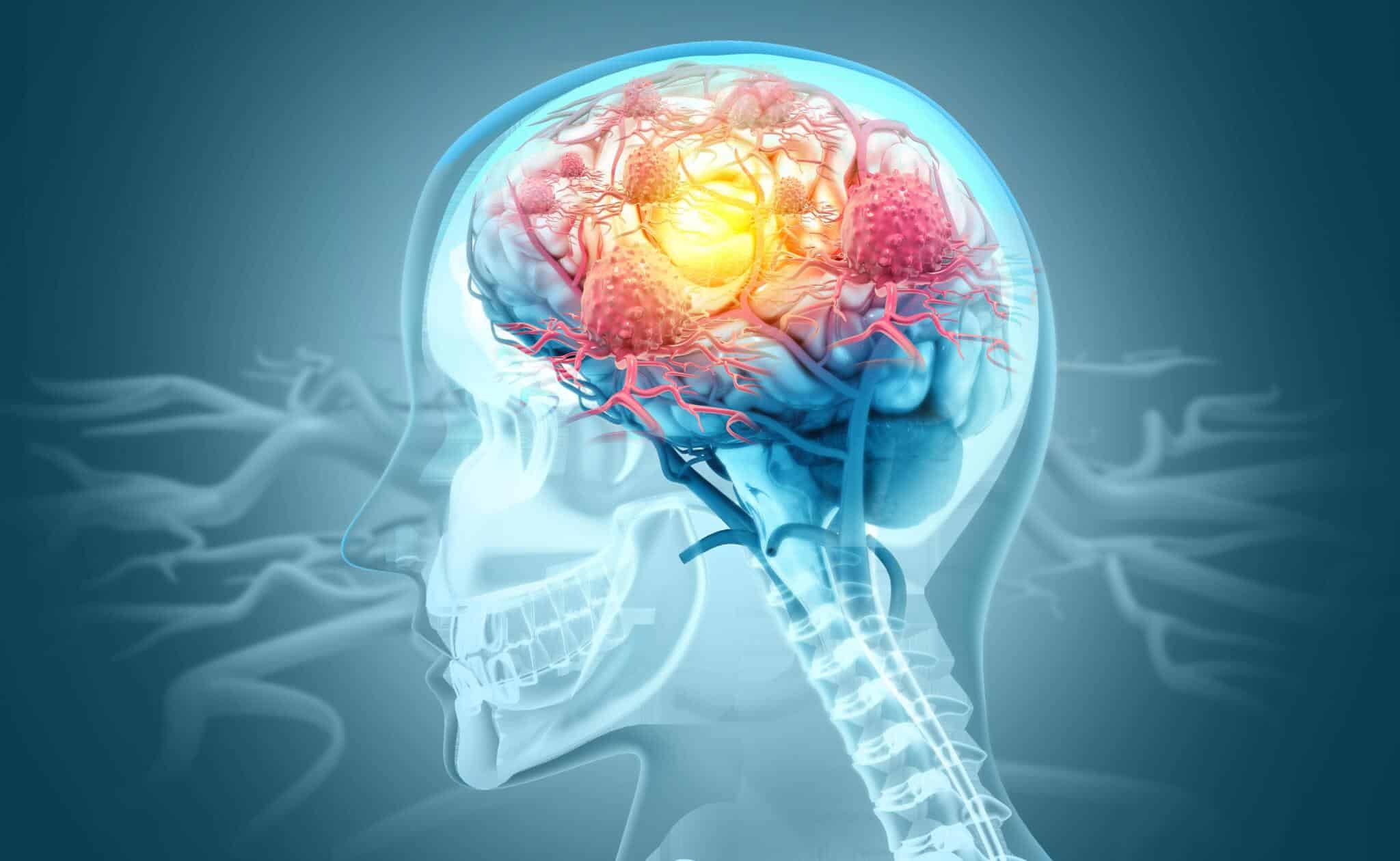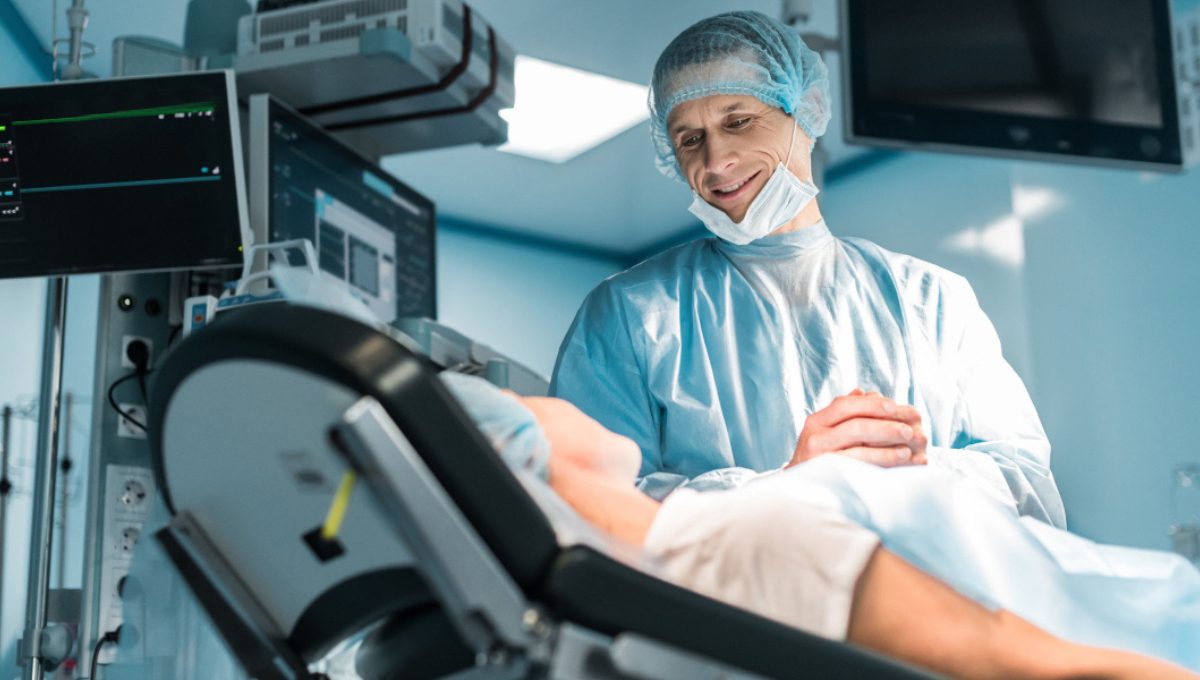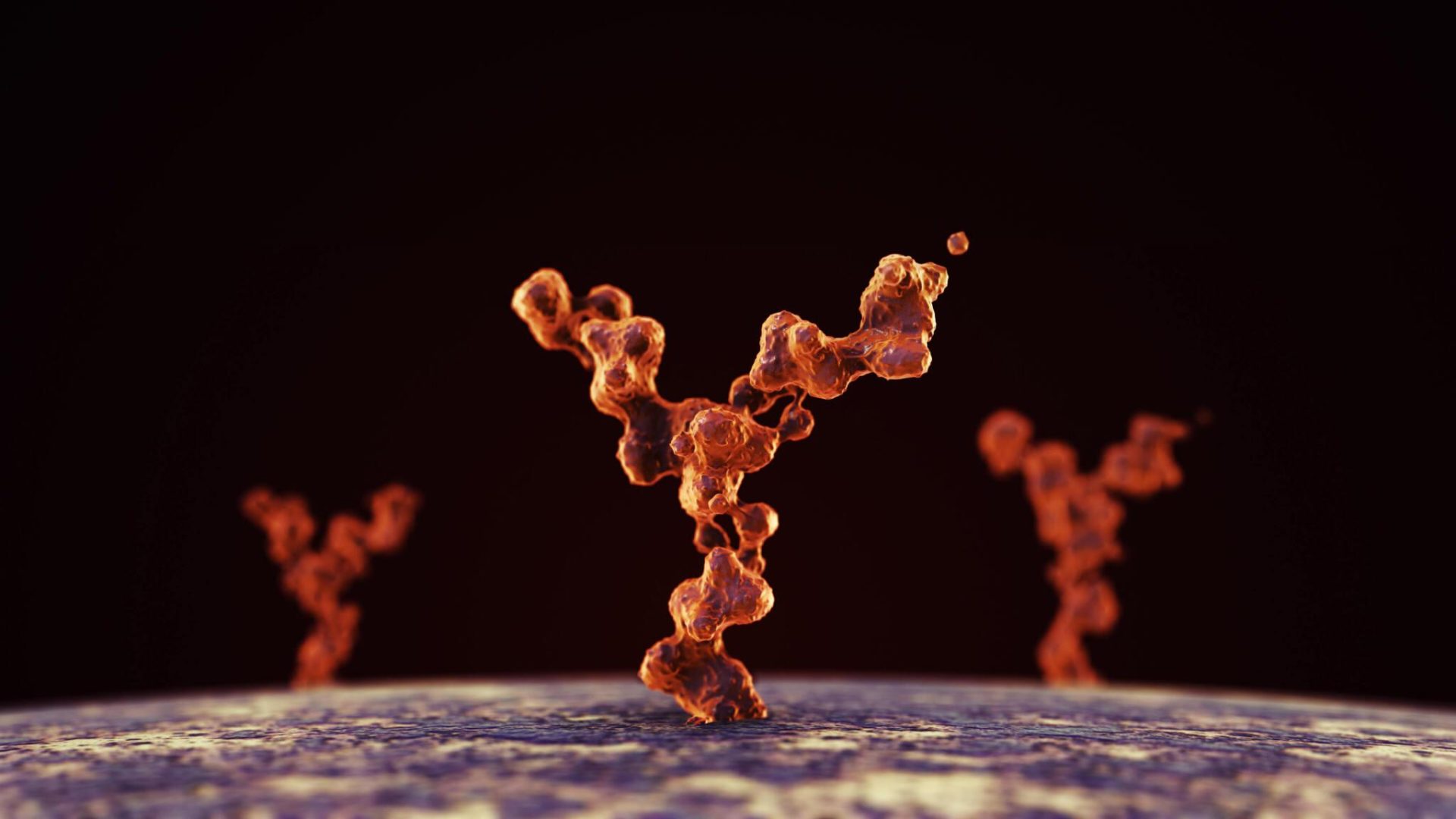- Home
- About Us
- Book Appointment
- Treatments
- Alzheimer’s Disease
- Anti-Aging
- Autism
- Autoimmune Disorders
- Back Pain
- COPD
- Crohns Disease And Ulcerative Colitis
- Erectile dysfunction and Penis enlargement
- Fibromyalgia
- Hip Pain
- Knee Pain
- Lupus
- Lyme Disease
- Multiple Sclerosis
- Muscular dystrophy
- Parkinsons Disease
- Peripheral And Diabetic Neuropathy
- Post Cancer Treatments
- Post Stroke Recovery
- Psoriasis
- Rheumatoid Arthritis
- Shoulder Pain
- Join The Club
- Aesthetics
- Blog
- Contact Us
Stem cell research has brought hope for patients to cure diseases once thought to be very hard to treat or incurable. As studies on stem cells continue to advance, new developments and applications emerge, opening promising avenues for treating various medical conditions and disorders. The inherent capacity of stem cells to regenerate tissues and stimulate self-healing mechanisms has led medical researchers and clinicians to discover more about stem-cell-based therapies and learn how this regenerative medicine revolutionizes treatment.
This blog post will explore the possibilities and advancements of stem cell therapy by delving deep into recent advancements and providing insights into the prospects of stem cell treatments.
Stem Cell Research
Stem cell research encompasses a broad spectrum of study of stem cells, their types, understanding the cell differentiation mechanisms, therapeutic effects, and potential applications in treating various diseases. Researchers involved in stem cell biology and medicinal applications conduct clinical trials and studies to understand the effectiveness of cell-based therapy in curing diseases.
Translational research is integral to stem cell research because it determines whether the laboratory findings and conclusions apply to clinical applications. Scientists first perform experiments on animal models to test the efficacy and safety of stem cell therapy before proceeding to clinical trials on human subjects. These clinical trials help them determine stem cells’ therapeutic potential while ensuring complete protection of the patients.
Types of Human Stem Cells Used in The Treatment
Stem cells are classified into three types based on their sources and differentiation potential.
Embryonic stem cells – These cells are collected from embryos in their early stages of development. Also known as early-stage embryonic stem cells, they are found in the inner cell mass of a blastocyst before implantation. These are pluripotent stem cells, which makes them capable of developing into specialized cells, tissues and organs.
Adult stem cells – Adult stem cells are present in every human body and can repair and regenerate tissues in the areas they reside. They are multipotent stem cells with limited capabilities to differentiate into limited and specific cell types. Adult stem cells are mainly collected from an adult donor or patient’s bone marrow or adipose tissue (fat).
Umbilical cord stem cells – Mesenchymal stem cells are also isolated from the human umbilical cord tissues (Wharton’s Jelly) after healthy births of newborn babies. These pluripotent cells have a high proliferation capacity and can differentiate into any cell type. Human umbilical cord tissue-derived mesenchymal stem cells (HUCT-MSCs) have extraordinary therapeutic potential. Hence, they are used to treat of chronic diseases like autoimmune conditions, neurodegenerative disorders, pulmonary disorders, cardiac diseases, etc.
Induced pluripotent stem cells – Adult cells genetically reprogrammed in the laboratory to resemble the characteristics of embryonic stem cells or HUCT-MSCs. These cells are also used in regenerative medicine treatment.
Read Also: Healing Power Of Stem Cell Therapy: A Comprehensive Guide
Recent Developments In Stem Cell Therapies
The last two decades have witnessed rapid technological advances in regenerative medicine, which has led to the widespread use and adoption of cell-based therapies for many diseases. Stem cells have shown the potential to replace traditional treatment approaches, such as medications and surgeries, with their immunomodulatory and anti-inflammatory properties.
Let’s get into the details of the advances made in stem cells and their progress towards clinical applications.
Immune Defense
Stem cell research is focused on T cell immunology, revealing a remarkable insight. Stem cells can stimulate the growth of cytotoxic T lymphocytes, an immune cell that protects the body against virus-infected foreign cells and cancer cells. Scientists rely more on stem cell therapy to fight against viral infections and malignant growth in the body.
Disease Modeling
Stem cells are used for disease modelling to explore new disease treatment approaches. It is an invaluable asset for researchers because it assists them in regenerative medicine development by having a closer look into the cellular and molecular processes. Disease modeling using stem cells led to the discovery of more effective and safe therapies for chronic conditions like diabetes, orthopedic conditions, autoimmune diseases, and more.
Tissue Engineering
Stem cell research revolutionizes the process of tissue engineering by supplying an abundant source of multipotent or pluripotent cells that can form tissues or organs. Examples of tissue engineered with the help of stem cells are blood cells, heart muscle cells, cartilage, skin cells, etc.
Therapeutic Applications Of Stem Cell Therapy
Mesenchymal stem cells, mainly obtained from umbilical cord tissue, have zero risks of immune rejection. Additionally, they have been explored extensively, resulting in a pool of knowledge on their therapeutic properties and potential medical applications.
- Neurological Disorders – Neurological diseases are one of the critical public health challenges that stem cell treatment addresses. Umbilical cord mesenchymal stem cell therapy appears to be a promising approach to neurodegenerative disorders like Multiple Sclerosis, Parkinson’s disease, stroke, and Alzheimer’s disease. Notably, renewed research efforts are made to find more treatment solutions for neurological patients due to their easy isolation and multilineage differentiation potential.
- Cardiovascular repair – HUCT-MSCs have the potential for cardiac regeneration, paving the path for novel cardiovascular disease therapies and myocardial infarction (heart attack). These cells repair damaged heart tissues, restoring heart function and improving overall health.
- Musculoskeletal regeneration – Adult stem cells have shown promise in regenerating cartilage tissues, bones and tendons, potentially alleviating pain and inflammation in patients with arthritis, injuries, and other orthopedic conditions.
- Anti-aging treatment – Research on adult stem cells indicates their promising potential in reversing or slowing down the process of aging, offering hope to millions of individuals suffering from the problem of premature aging.
- Autoimmune diseases – Stem cell therapy is considered a well-established treatment for autoimmune diseases like Multiple Sclerosis, Psoriasis, Rheumatoid Arthritis, Lupus, Type 1 diabetes, Parkinson’s disease,
- Post-cancer treatment – Stem cell treatment helps cancer survivors combat the prolonged effects of cancer after treatment, leading to healthy living. The administration of healthy stem cells replaces the diseased or cancer cells and expedites the healing process by stimulating the growth of new healthy cells.
Future Prospects Of Stem Cell Therapy
In recent years, the progress of stem cell research has been remarkable, marked by significant strides in shaping the future of regenerative medicine and promising avenues ahead for stem cell research.
The scope of treating diseases with stem cells goes beyond the mentioned applications. Recent research has explored utilizing pluripotent stem cells to produce diverse cell types, manipulating genes to enhance cellular regeneration, and creating sophisticated animal models for testing new therapies.
Read Also: Can Stem Cell Therapy Provide Relief From Chronic Knee Pain?
Which Country Is Best For Stem Cell Treatment?
With the evolution of medical tourism, patients now have better opportunities to access advanced treatments and personalized care in other countries. Stem cell treatment is no exception to this! Mexico is one such country with a high concentration of experienced and qualified stem cell specialists that stands out in superior treatment and holistic care. Other factors that make stem cell therapy in Mexico the best in the world are its advanced healthcare facilities, access to leading-edge research, state-of-the-art equipment and infrastructure.
Furthermore, stem cell therapy in Mexico cost is reasonable, making it suitable for every type of family to afford the treatment. The country’s growing reputation in regenerative medicine has made it the most preferred destination for cost-effective stem cell treatments. It is considered an emerging hub for medical tourism because of its advanced technology and the efficiency of the stem cell centers in Mexico.
Life Altering Stem Cell Therapy Institute is the best place to reach for those seeking stem cell-based therapies abroad. Their strong emphasis on using cutting-edge and safe treatments ensures that you have an exceptional stem cell therapy experience.
Conclusion
After shedding light on the potential applications and the manifold benefits stem cell therapy offers, there is no denying that it is a novel hope for patients with debilitating diseases. Also, the future is undeniably promising, with significant advancements in tissue reengineering, cell regeneration, and treatment of life-threatening diseases on the horizon.
As the medical field continues to explore the potential of stem cells, it is evident that the research results will be revolutionary and far-reaching, potentially enhancing the lives of countless individuals worldwide.














